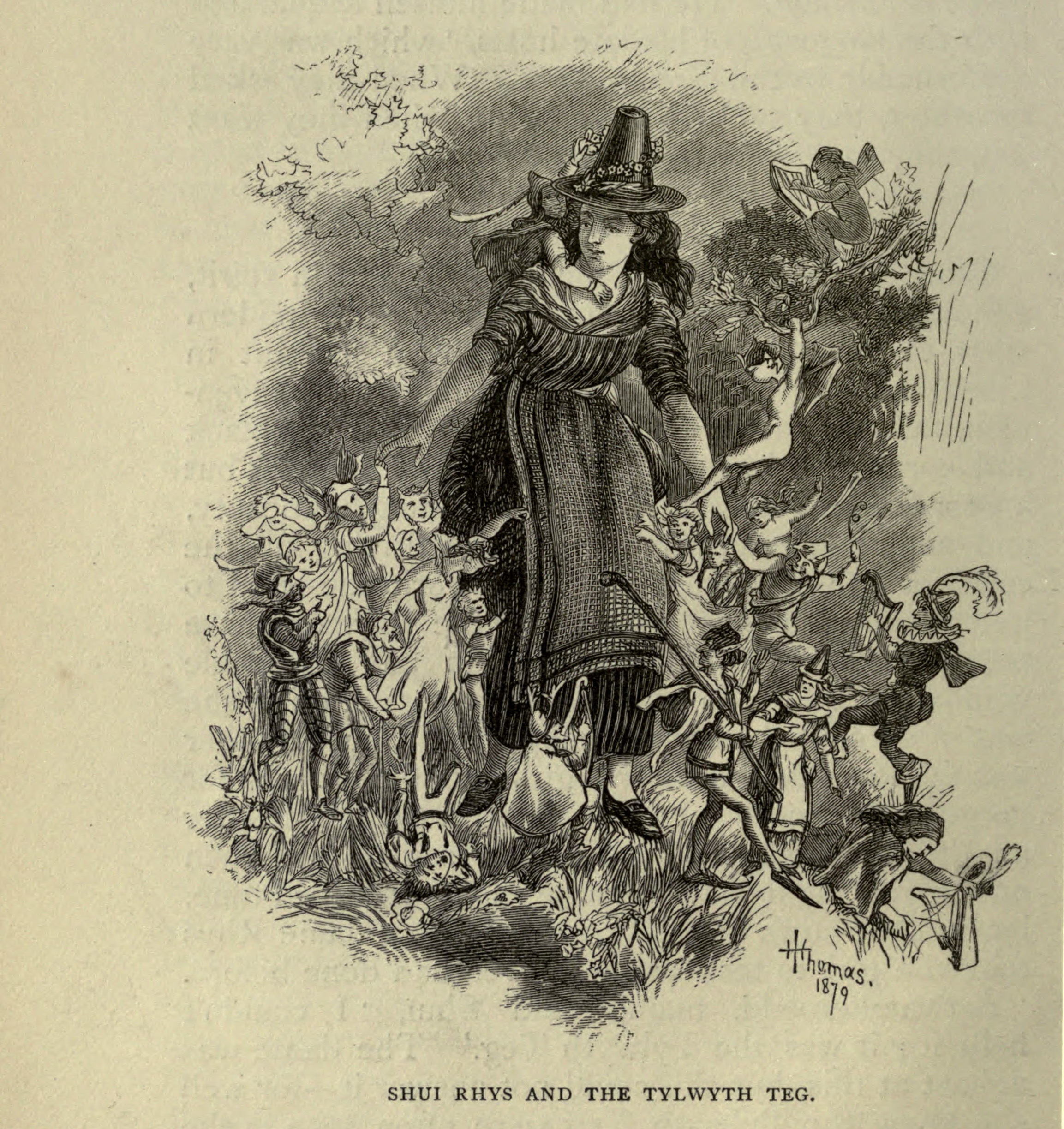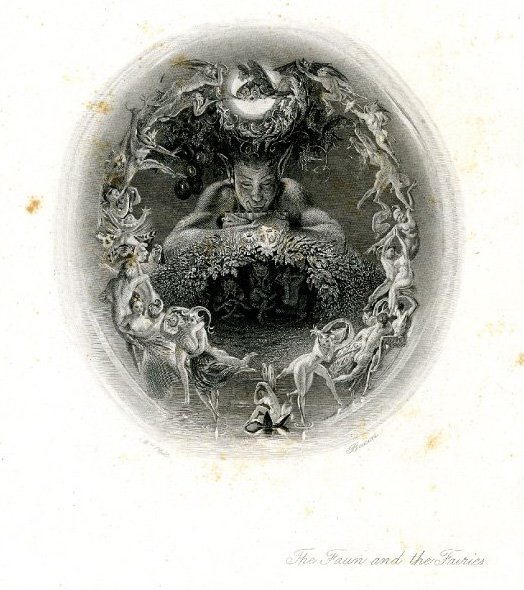When and why did fairies "shrink"?

Volumes could be written on this and it's not easy to finesse a concise answer. First, let's restrict ourselves to the Northern European supernatural beings with the peculiar characteristic of living in social settings similar to humans and distinct from elsewhere, where people regarded supernatural beings as more likely to appear alone (or in pairs or triplets, but, nevertheless acting in unison). In short, the supernatural beings of Ireland, Britain, Brittany, and Scandinavia are what we are talking about here.
For whatever reason - and it is not exactly clear - some of the people in this geographic swath were more likely to perceive supernatural beings as being diminutive. The Danes, for example, had small elf-like trolls, while the counterparts of this type of supernatural beings (not always called trolls), in Sweden, Norway, and Iceland tended to be human sized.
Similarly, the Cornish and the people of neighboring Devon had diminutive piskies, who acted much like (and played similar roles in legend) when compared to the fairies and elves of the rest of Britain and of Ireland. That said, human encounters with Danish trolls or with Cornish piskies often involved human-sized supernatural beings, and it only became apparent to the human that "these folks just aren't right," after interacting for a while - or because a human captive warns the person not to eat the food or otherwise that this is the dangerous realm of the supernatural. This issue of size contradicts the stories and beliefs in these two regions that maintain that the supernatural beings are small. The problem, of course, is that the supernatural doesn't always behave itself, and it certainly does not conduct itself according to the rules that govern our "natural" world.
![176[1].png](https://steemitimages.com/640x0/https://steemitimages.com/DQmVL3QPw8WAdzrkqGmk8Gx1dwEdkBVJmdPPYDRB9SzRsi9/176%5B1%5D.png)
The most important thing about the supernatural beings within this entire region is that they usually had some peculiar characteristic that made it clear to people who encountered them that something here just wasn't natural. That feature is not always immediately apparent. The Swedish woman who encounters a charcoal burner in the forest seems nice enough, until he eventually notices that she has a cow tail. Then he understands that he must extract himself from a dangerous situation. Sometimes the feature is the capacity for sudden invisibility. Flexibility in the apparent size of these beings is in keeping with this sort of unnatural characteristic.
Flexibility in size is apparent in Ireland, where the sidhe - the Irish fairies - are generally perceived to be human-sized or nearly so - and yet people use the polite term of the "wee folk" to describe these beings. They weren't always "wee", but they were capable of reduced size when it suited them (just as invisibility was important, a feature behind the Icelandic/Norwegian term of the Huldra/hulderfolk - the hidden ones or the hidden folk).
Victorian-era children's literature and art revealed a fascination with these supernatural beings, and it mutated them to a considerable extent. Beginning with Perrault and the Brothers Grimm, there was an emerging - and increasingly popular - trend to collect the adult folk literature of the folktale and transform it into printed, abridged "fairytales" for the consumption of urban children of the emerging middle class.
![271[2].png](https://steemitimages.com/DQmSPzyEpbZTnP4MpibybjapPhoQ66EqTMucFV8Dx75CKjN/271%5B2%5D.png)
The supernatural beings in question were terrifyingly dangerous, capable of ruining lives and abducting people, keeping them in a godless realm where redemption would never come. For Victorian children's literature, this dangerous aspect of the supernatural beings needed to be diminished, and the supernatural beings needed to be reduced in other ways. Beginning with the publications of Ann Elizabeth Bray in 1838, dealing with Cornish and Devonian Piskies, Victorian literature found a key in diminishing the frightful aspect of the supernatural beings. While the folk in many places conceived of their supernatural beings as capable of small stature, here was a body of folklore that made it the standard for these entities.

This transformation is over simplified, but you get the point: small statue was common enough throughout the region; at the same time, everyone could conceive of the supernatural beings of capable of human size when interacting with people; and Victorian literature found it convenient to emphasize the small size.